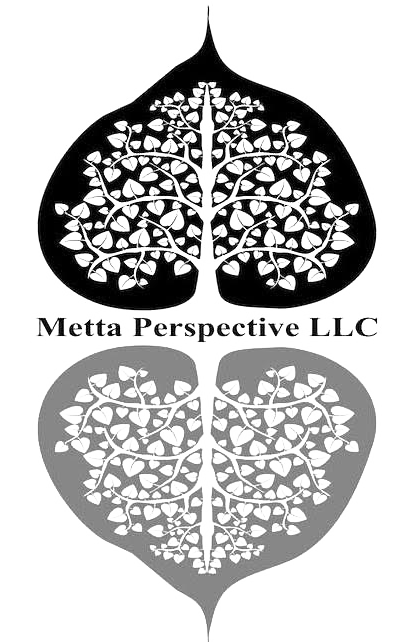
Shoulder Pain
Suffering from Shoulder Pain? Acupuncture May Be the Answer!
Shoulder pain is one of the most common complaints we hear in our clinic. It’s no surprise, considering the amount of use we put our shoulders through on a daily basis. Whether it’s a sports injury, an overuse injury, a lifting injury, or just a freak accident or slip-and-fall, shoulder pain can really interfere with our normal routine. Thankfully, there is a solution to this issue: acupuncture!
Acupuncture is most known for relieving pain, but it also facilitates healing. It helps to reduce inflammation, release tight muscles, and increase range of motion for a variety of shoulder conditions such as frozen shoulder, rotator cuff tendinitis, arthritis, and fibromyalgia. Being proactive and getting treatment soon after the onset of shoulder pain can speed recovery and lessen the likelihood of the condition worsening.
Acupuncture is a popular and effective natural treatment for many common shoulder injuries such as frozen shoulder, rotator cuff tears, and impingement. Acupuncture can help reduce pain, reduce inflammation, and increase range of motion for a variety of shoulder problems. It works by stimulating the body's natural healing mechanisms, increasing circulation and helping to repair damaged tissue. It can also be used in combination with other treatments, such as cupping therapy, to help improve the healing process.
Acupuncture can help treat chronic shoulder pain, as well as acute injuries that may have been caused by overuse or built-up scar tissue. It can also be used as a preventative measure, helping to keep future injuries at bay. In addition to acupuncture, other natural treatments such as herbs, massage, and stretching can be used to help manage shoulder pain. If you suffer from shoulder pain, it is important to consult a qualified acupuncture practitioner to get the best treatment for your condition.
Dry Needling can help shoulder pain by reducing active trigger points that are contributing to shoulder pain and dysfunction. It also relieves the pain in the affected muscle through Local Twitch Response (LTR) action and addresses the imbalance caused when sore muscles can’t bear their usual burdens. Dry needling also helps by creating an anti-inflammatory response, allowing for healing proteins to return to the previously swollen area, as blood circulation improves.
